One of the best etextbook for the topic, Organic Chemistry: Structure and Function 8th edition (PDF) maintains the classic framework with a logical organization that an organic molecule’s structure will determine its strengthens and function a focus on helping chemistry students understand mechanisms, reactions, and synthetic analysis and their practical applications. The 8th edition presents a refined methodology, rooted in teaching expertise to promote student understanding and build problem-solving skills. Paired with SaplingPlus (sold separately), science students will have access to an interactive and fully mobile ebook, interactive media features, and well-respected Sapling tutorial style problems — Where every problem emphasizes learning with hints, detailed solutions, and targeted feedback as well as a unique pedagogically focused drawing tool.
Accessible Organization with a Classic Framework:
-
- The framework emphasizes that the structure of an organic molecule determines how that molecule functions―either it’s physical behavior or in a chemical reaction
- NEW chapter-opening Learning Objectives and chapter-ending Summaries provide a framework for student learning by outlining the concepts appearing in each chapter.
- Early Introduction to Electron pushing arrows– introduced in early sections and then reinforced in margins throughout the text to help students follow what is happening in the reaction
Focus on Reaction Mechanisms
-
- New annotations on key mechanistic illustrations recall and reinforce the key tenets of mechanism.
- Reaction Mechanism Summary Roadmaps summarize the reactivity of each major functional group.
- Interlude: A Summary of Organic Reaction Mechanisms (following Chapter 14) summarizes the key mechanisms that drive the majority of organic reactions.
- Animated Mechanisms allow students to visualize mechanisms by providing a moving image. NEW PowerPoint slides for the classroom include embedded animations as well as questions appropriate for in-class work or open response systems.
Problem Solving Skills and Strategy
-
- NEW Guidelines highlight the steps that chemistry students will use to learn new materials and solve important problems.
- Worked Examples: Integrating the Concepts section at the end of each chapter includes a series of sample exercises with solutions of the chapter’s most important concepts.
- Expanded WHIP problem-solving strategy is included with solved exercises within each chapter, providing a guide for how students should approach problem solving: What – How – Information – Proceed.
- A wide range of end-of-chapter problems, including Chapter Integration Problems with step-by-step, worked out solutions, Team Problems for collaborative learning, and Pre-Professional Problems in the style of the MCAT.
- ChemCasts replicate the face-to-face experience of watching an instructor work a problem. Using a virtual whiteboard, the Organic ChemCast tutors show science students the steps involved in solving key Worked Examples, while explaining the concepts along the way. The Worked Examples featured in the ChemCasts were chosen with the input of organic chemistry students.
Practical Applications and Visualization
-
- Real Life Boxes- Real Chemistry By Practicing Chemists
- Every chapter features discussions of medical, biological, and industrial applications of organic chemistry
- Animations in Sapling help students visualize the most important structures and concepts in organic chemistry.
- Really: Margin entries highlighting surprising and unusual aspects of Organic concepts intended to stimulate college students’ engagement
- Graphical cues, animations, and models to help chemistry students visualize reactions to promote understanding versus rote memorization
This latest new Organic Chemistry: Structure and Function 8th edition is revised and enhanced throughout, including a much stronger array of superior online tools that are part of a complete, integrated online learning system.
Additional ISBNs: 978-1319079451, 978-1319294076, 978-1319177058, 978-1319188962
P.S We also have the Organic Chemistry: Structure and Function 8th Edition’s Study Guide and Solutions Manual for sale. See related ebooks below
NOTE: This purchase only includes the Organic Chemistry: Structure and Function 8e in an original DJVU format. A converted PDF is also included. NO online access codes or web access are included. (PDF is converted hence page numbers may not match the original hard copy book).

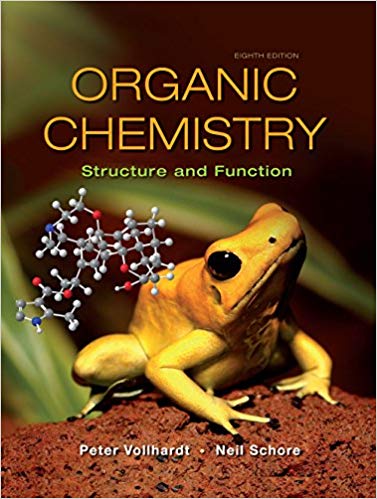


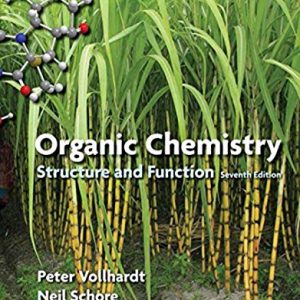
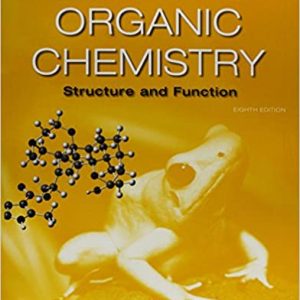
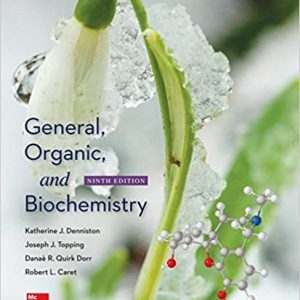
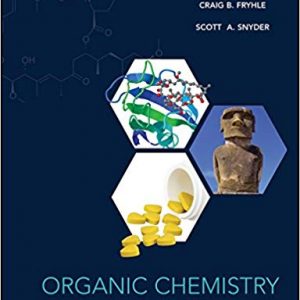
Reviews
There are no reviews yet.